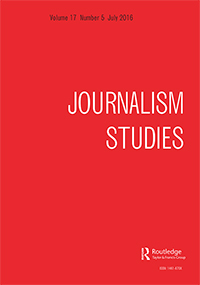Abstract
This article argues that discourses of a newspaper “crisis” should not be regarded simply as descriptions of the actual state of the press but also as a means by which strategic actors frame the situation. The emerging frames can have substantial consequences for media policy making. The study identifies four key frames used to portray the newspaper “crisis” and discusses their relevance for public debates in Finland, France, Germany, Italy, the United Kingdom and the United States. Similarities and differences are examined through 59 in-depth interviews with policymakers and industry executives as well as a qualitative analysis of policy documents and relevant media coverage. The study demonstrates that debates on the newspaper “crisis” are only partly influenced by (1) economic realities and (2) media policy traditions in the six countries but also reflect (3) the strategic motives of powerful actors and (4) the diffusion of frames across borders, particularly those coming from the United States. A transnationally uniform paradigm emerges according to which the state is expected to play the role of a benevolent but mostly passive bystander, while media companies are expected to tackle the problem mainly by developing innovative content and business strategies. This liberal market paradigm displays one blind spot however: it does not seriously consider a scenario where the market is failing to provide sustainable journalistic quality.

Brüggemann, Michael; Humprecht, Edda; Kleis Nielsen, Rasmus; Karppinen, Kari; Cornia, Alessio; Esser, Frank (2015): Framing the Newspaper Crisis. In Journalism Studies 17 (5), pp. 533–551. Available online at http://dx.doi.org/10.1080/1461670X.2015.1006871.
